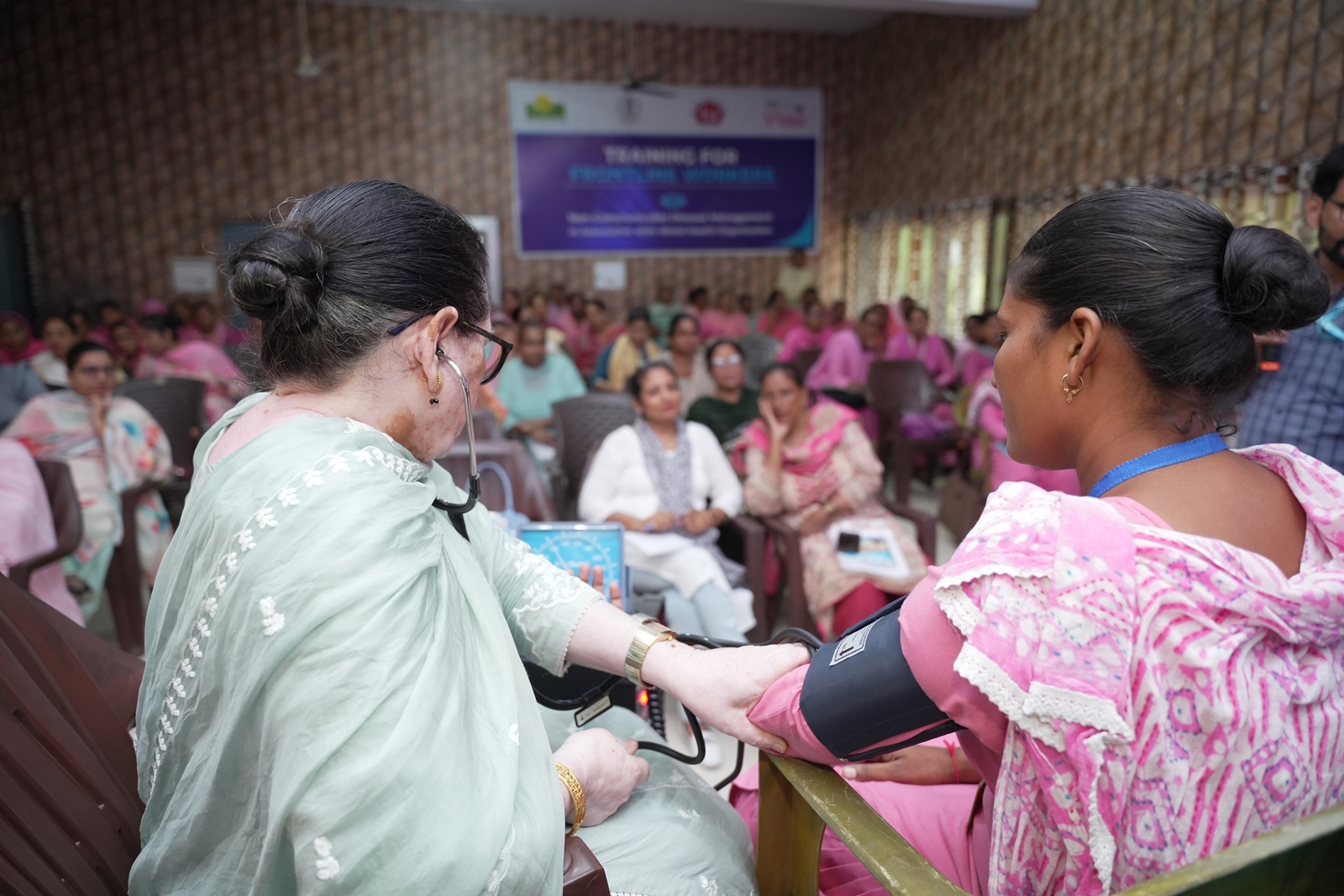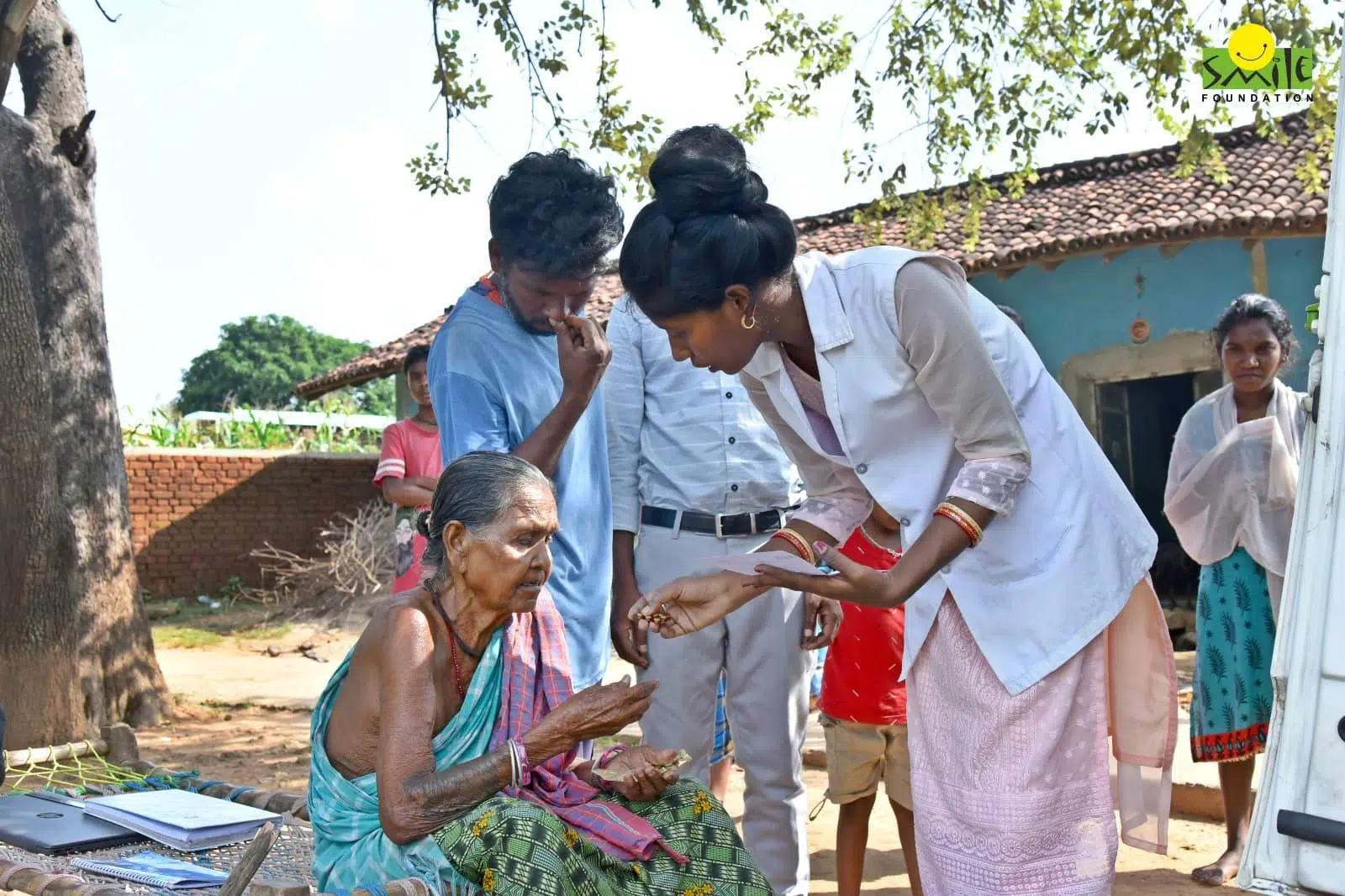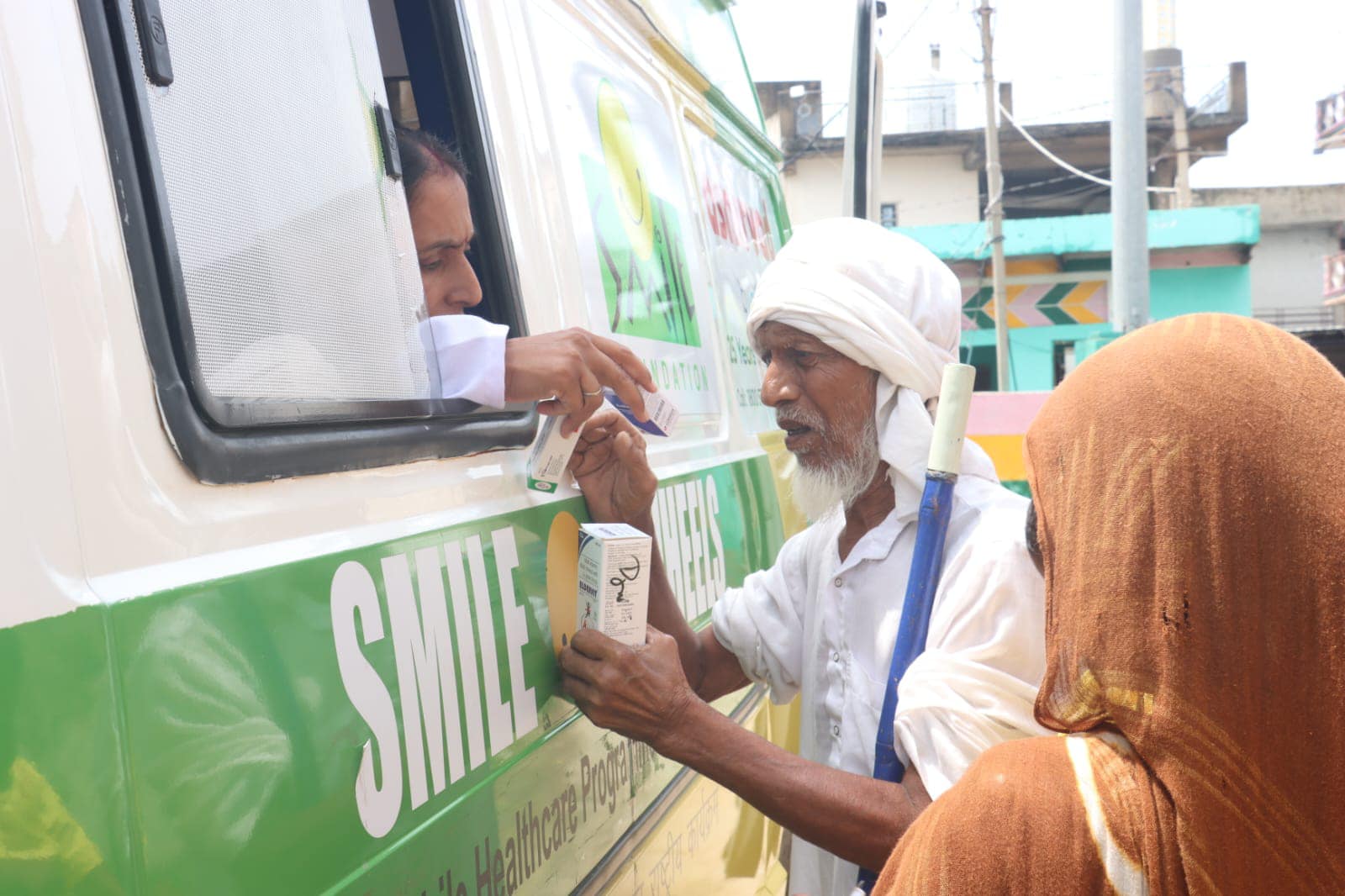Childcare is a major challenge for working parents. Mothers frequently remain unemployed due to a lack of available, dependable, and/or affordable childcare services. Many mothers are faced with the difficult decision of leaving the workforce or foregoing suitable childcare due to its high cost. This impacts their professional development and financial independence.
The possibilities of Public-private partnerships (PPPs) for childcare may be a step towards enabling women to retain their careers. PPPs for childcare are collective endeavours between private organisations (businesses, NGOs, or community groups) and government entities (public sector) to establish and oversee childcare services. The objective of these partnerships is to enhance the quality, affordability, and access of childcare services by leveraging the strengths, resources and expertise of both sectors.
Why Public-private Partnerships (PPPs) for Childcare?
Many employers provide on-site childcare services. However, providing on-site childcare facilities is not without its obstacles. A substantial investment of resources, time, and capital is necessary. Employers are also required to navigate the intricate legal and regulatory requirements that pertain to childcare services. PPPs for childcare could assist in funding, providing incentives and subsidies, and both parties could collaborate to train childcare workers with their respective resources. The partnership has the potential to result in sustainable childcare models that address this issue. Organizations can improve employee retention and create a more equitable workplace by offering access to affordable, high-quality childcare options. The benefits of having on-site childcare facilities extend beyond retention rates and gender equity. Availability of childcare can boost employee morale, decrease absenteeism, and increase productivity.
Addressing the Gaps and Taking New Initiatives
Prioritising policies and their implementation
It is the responsibility of state administrations to establish policies and ensure that the demands of these policies are translated into budgetary allocations. Establishments with a specified number of employees should be required to provide a crèche for children under the age of six. Providing childcare leave for single parent male employees in state and private employment is also a viable option. Policies regarding crèche facilities in the workplace were established in Haryana, Kerala, and Maharashtra.
Professionally qualified workforce and quality childcare
PPPs may prioritise the improvement of the quality of early care and the professional qualification of the workforce, as well as the provision of education, through professional development, training, and accreditation programmes for early childhood educators. In order to facilitate the roll out of best practices as well as high standards in ECE programmes, private sector may provide technical support, resources, or expertise.
Use of technology
The integration of innovative technologies and approaches into early childhood education can be facilitated by PPPs. Private sector partners may create instructional materials, digital platforms, or methods that improve the learning and teaching experiences of educators and young children. These advancements have the potential to enhance the quality of early childhood programmes by enhancing access, engagement and outcomes.
Infrastructure development
PPPs may entail combined initiatives to enhance and broaden the infrastructure of early childhood education. Government funding can be utilised to finance development projects, including the construction of new early care and education facilities, the renovation of existing facilities, and the provision of safe and nurturing learning environments for kids. To address infrastructure requirements, public-private partnerships (PPPs) may capitalise on private sector proficiency in facility administration, real estate development, and construction.
Monitoring
PPPs can partner on data collection, research, and analysis efforts to assess outcomes, pinpoint areas for enhancement, and guide decision-making.
Inclusive and diverse childcare
Diversity and inclusion in childcare refer to the integration of a variety of children from a variety of religious, class, socio-political, and ethnic backgrounds. Moreover, the inclusivity must be taken into account and guarantee that children with special needs and gender minorities receive multifaceted benefits. PPP partnerships have the potential to cultivate such environments and collaborate on the training and staffing requirements of specialised personnel.
Increased Accessibility
PPPs can combine resources to set up more centres, including in rural or low-income areas. A cost-sharing model can make childcare affordable for families with different financial capacities.
Sustainability
Public-private partnerships guarantee that services are economically viable and socially beneficial. They get together representatives from the public sector, who are empowered by central, state, or local governments, and representatives from the private sector (e.g., business, professionals, parents, etc.), who are united by common objectives. Each contributes time, money, expertise, or other resources for a sustainable model for childcare, and collaborate to achieve shared objectives or aims. The partners are jointly responsible for decision-making and management, thus easing the burden of running such an initiative.
Although there is a gradual but noticeable reversal of this trend of expecting women to be responsible for childcare, there are still numerous issues. Women are expected to perform the roles of a homemaker, mother, and employee to the highest standard simultaneously. PPPs for childcare illustrate a collaborative strategy for addressing the increasing demand for high-quality, dependable childcare, which is advantageous to the economy, families and children.
Creating the right ecosystems for women
In an evolving world that demands equal opportunities and shared responsibilities, public-private partnerships for childcare present a powerful solution to bridge gaps in accessibility, affordability, and quality. By bringing together the strengths of the public and private sectors, these collaborations can create inclusive ecosystems that empower working parents, especially women, to balance their professional aspirations with their caregiving responsibilities.
As we move toward a more equitable society, embracing these partnerships is essential—not just for the immediate benefits they bring to families but also for their long-term impact on children’s development and economic growth. With the right policies, investments, and community support, PPPs for childcare can transform this perennial challenge into a sustainable model of empowerment, fostering a future where no parent has to choose between their career and their child’s well-being.









